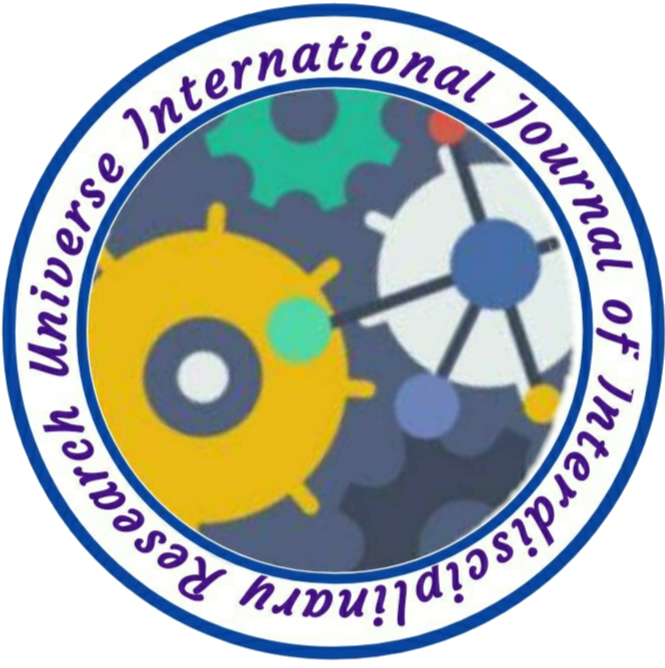EFFECTS OF DEMOGRAPHIC AND SOCIOECONOMIC FACTORS ON CHILD IMMUNIZATION IN INDIA
Author Name: Sarajit Ankura
Volume/Issue: 03/12
Country: India
DOI NO.: 08.2020-25662434 DOI Link: https://doi-ds.org/doilink/05.2023-77135339/UIJIR
Affiliation:
- Assistant Professor, Department of Economics, Bijoy Krishna Girls’ College, Howrah, West Bengal, India
ABSTRACT
India has always vaccinated children against the six vaccine-preventable diseases. In 1978, India launched the Expanded Immunization Programme (EIP) to vaccinate children against dangerous diseases like polio, measles, mumps, and rubella. Polio was added in 1979–80, TB BCG in 1981–82, and measles in 1985–86. UIP expanded EIP. The UIP provided free immunizations to all children. The effort aimed to vaccinate at least 85% of newborns under one year. In future years, UIP expanded its goal to provide all eligible children one treatment of BCG, three doses of DPT and OPV, and one dose of measles. UIP launched the Pulse polio immunization programme in 1995 to eradicate the disease. Free immunizations were ineffective. This study examines the effect of demographic and socioeconomic variables on child immunization and drop-outs.In 2005- 06, polio had no gender discrimination, but in 1992-93, key states did. Higher birth order children were less likely to receive polio and non-polio immunizations. Children of older mothers were more likely to be polio-vaccinated. Hindu higher caste and non-Muslim minority (Sikh, Jain, Christian) children were immunized more often. Rich families have more immunized children. Mother's education boosts vaccination chances. Adjusted results showed no significant effect of residence or delivery on polio immunization uptake. Despite 1992-93 gender discrimination, non- polio immunizations were no longer linked to child sex. In both periods, child birth orders affected immunization. In 2005-06, caste, religion, and SLI still affect child immunization. In 2005- 06, father's education no longer corresponded with child immunization, unlike 1992-93.
Key words: Immunization, Polio, Non-Polio, Demographic, Socioeconomic

No comment